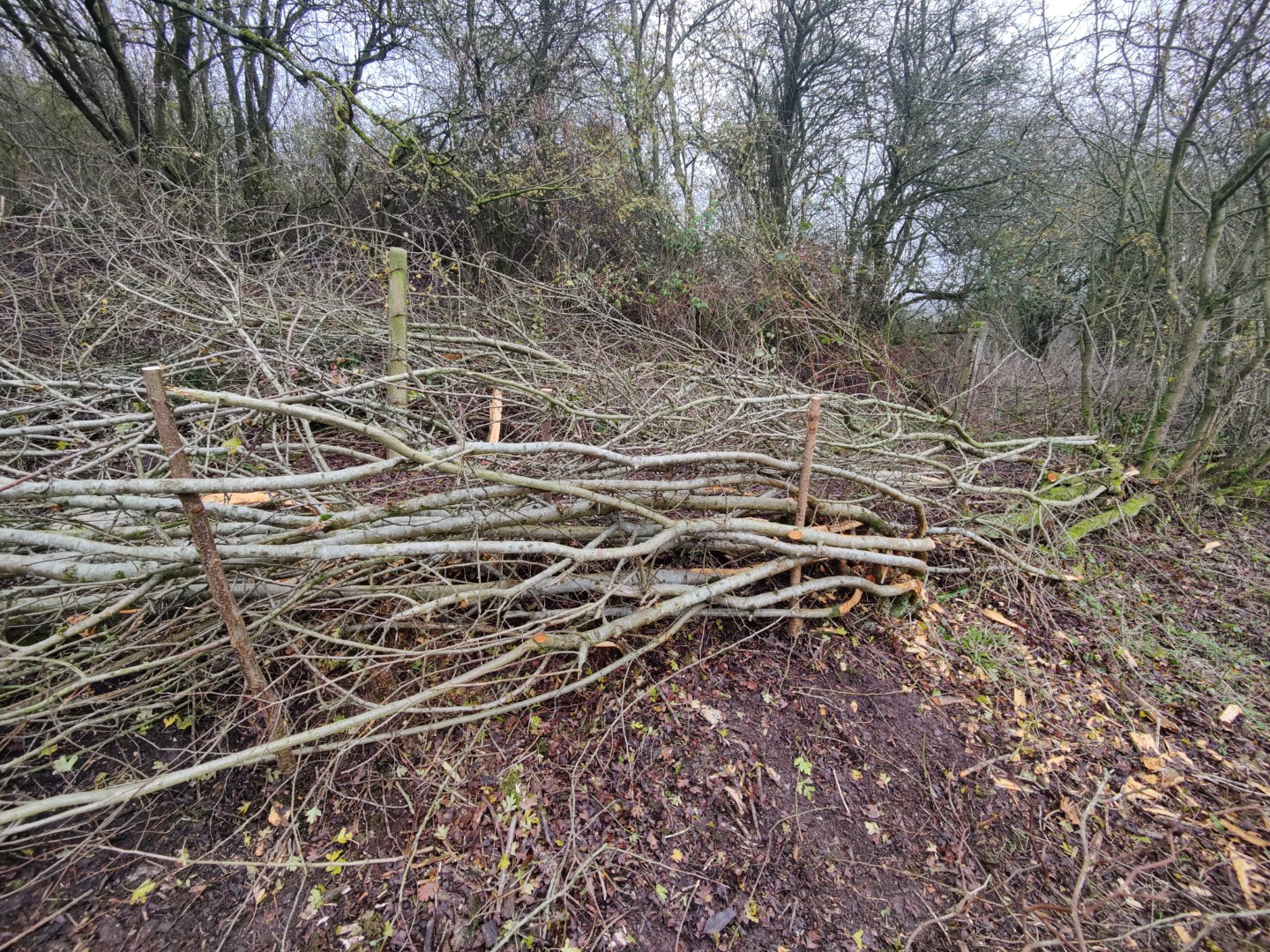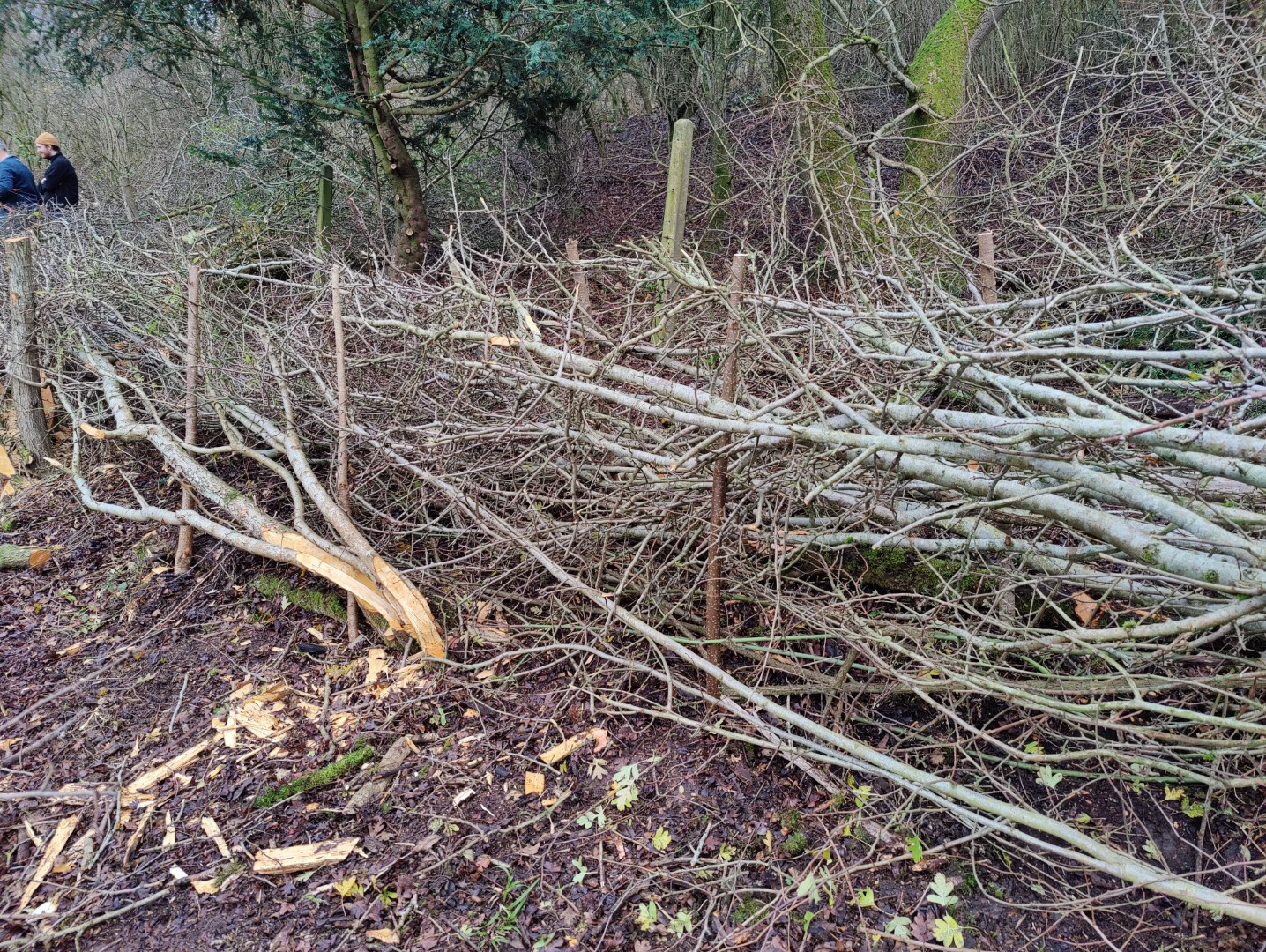

Hedges are a big part of our landscape they divide fields, provide shelter, mark boundaries, provide habitat, food and act as wildlife corridors.
After the Second World War there was a real concern about securing long-term food security for the UK and as a result a shift in farming practices was seen. The availability of farm machinery meant that the removal of hedges became commonplace as the move to large scale production started.
There was a continual removal of hedges, for decades, to maximise field sizes and to accommodate the ever increasing size of the new farm machinery. The availability of farm labourers had declined after the war and so skills, such as hedgelaying, were slowly being lost as machines could now cut the hedges.
In the 1970’s the National Hedgelaying Association was formed by three individuals concerned that the centuries old skill was going to be lost forever. Since then there has been a drive to keep this skill going and the annual hedgelaying championship provides people space to show off their skills.
At Stoke Park, a group of 16 volunteers took part in hedgelaying training in early December 2022 – thanks go to the Rural Skills Hub for funding the training. You can see the hedge line we worked on at What 3 Words spend.bubble.famous. This hedge is mainly Hawthorn, although some Dog Rose and Field Maple may be woven in as well. This training prepares us for ongoing hedgelaying work across the Park, and helps to keep the practice going for future generations.
The process of laying a hedge, can at first, look quite harsh but at closer look you can see the skill and thought that has gone into it. It involves almost cutting through the base of the small tree or shrub, the stem is then folded at an angle to the ground to form a pleacher; the process is repeated with the next stem being laid on top of the previous. Stakes are placed throughout the newly laid hedge to strengthen the hedge and hold the pleachers in place. Binders can be woven between the stakes to provide further strength and stability to the hedge.
Different styles of hedgelaying can be seen across the UK and parts of Europe and each style developed to in response to the landscape and type of farming within that region.
The creation of the pleachers encourages new growth upwards and the pleachers help create a thickening of the hedge at the base. The continual cutting of hedges using machinery doesn’t allow for this thickening to take place and so, overtime, gaps from throughout the base of the hedge.
In Stoke Park there are over 6km of hedges, some help to form a woodland edge whilst others form field boundaries. These hedges are in various different stages of management from newly planted to laid hedges, both recently and historically.
The majority of these hedges will be laid and the ones already laid they will be re-laid, creating stock proof boundaries that support a wide range of wildlife by providing food and shelter.
If you would like to get involved in hedgelaying and a whole range of other activities in Stoke Park, sign up to get involved.